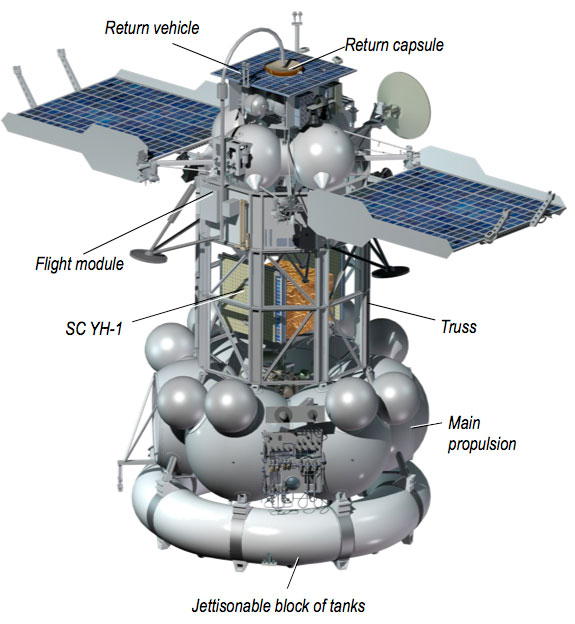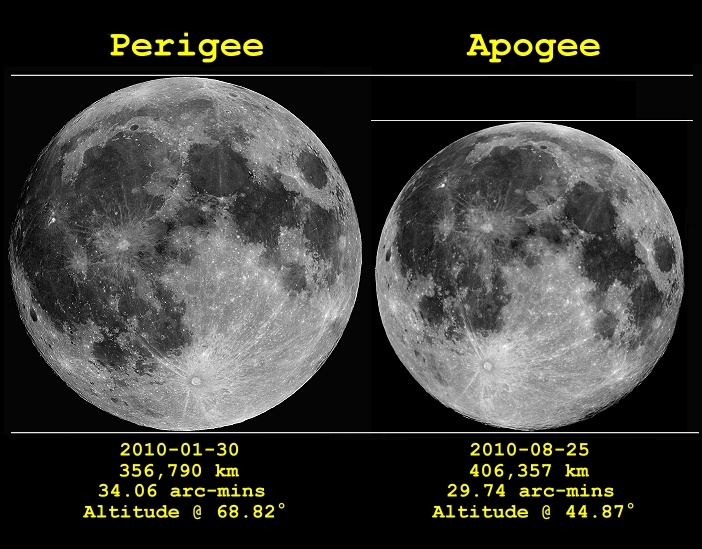The Moon is up (although it's only about half), and apparently it will be close to the radiant of the shower, but you should be able to see a lot of meteors anyway.
So make sure you get out there and have a look tomorrow night :-)
The Leonids are caused by the comet Tempel-Tuttle and the debris (tiny dust particles) it leaves as it passes the Earths orbit. The comet returns every 33 years to refresh the debris trail (okay, that isn't why it returns) and it last passed through in 1998. It will return in 2031 and we can expect amazing meteor showers then.
You can read a bit more about the shower on meteorwatch.org
 |
| The Leonids in 2001 (the picture is from meteorwatch.org) |




